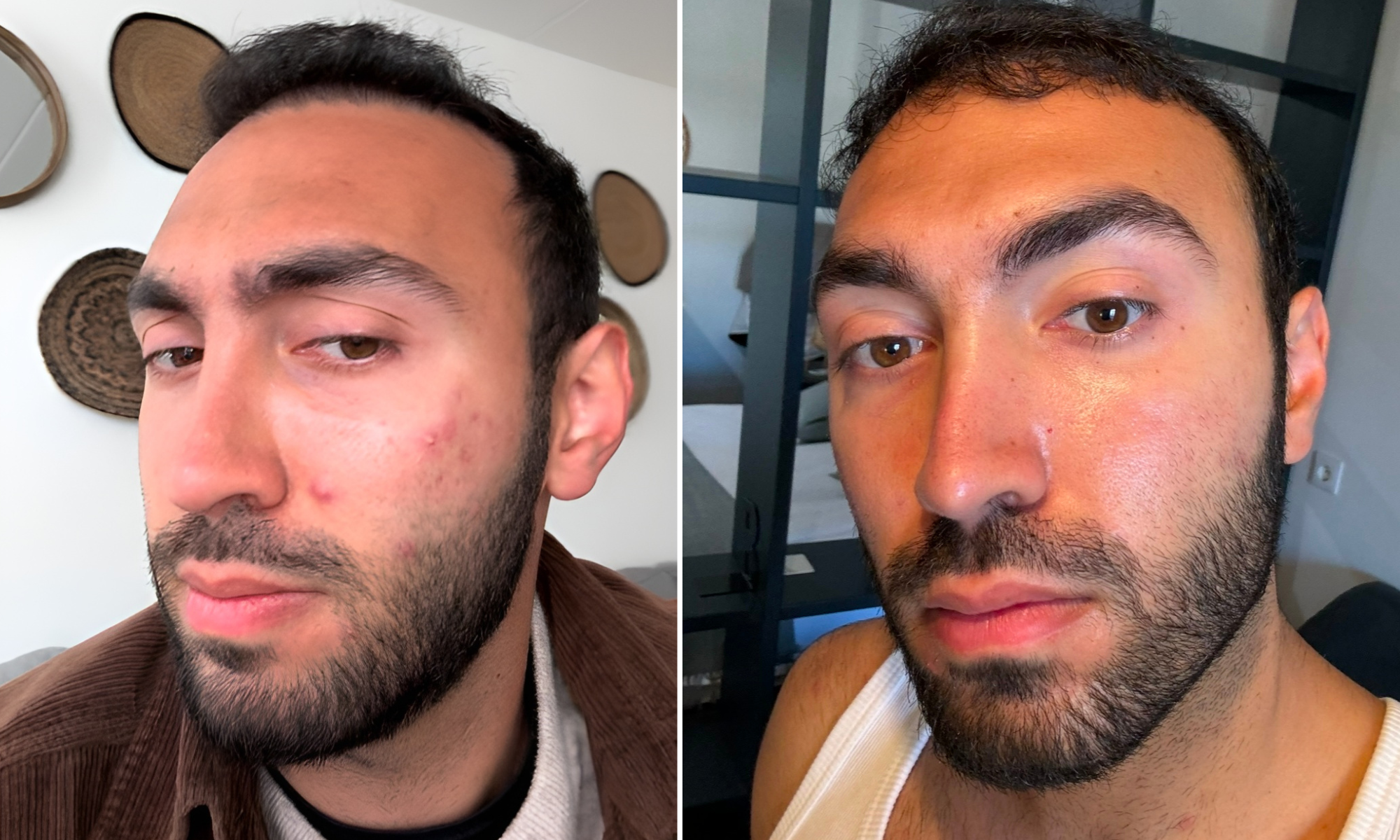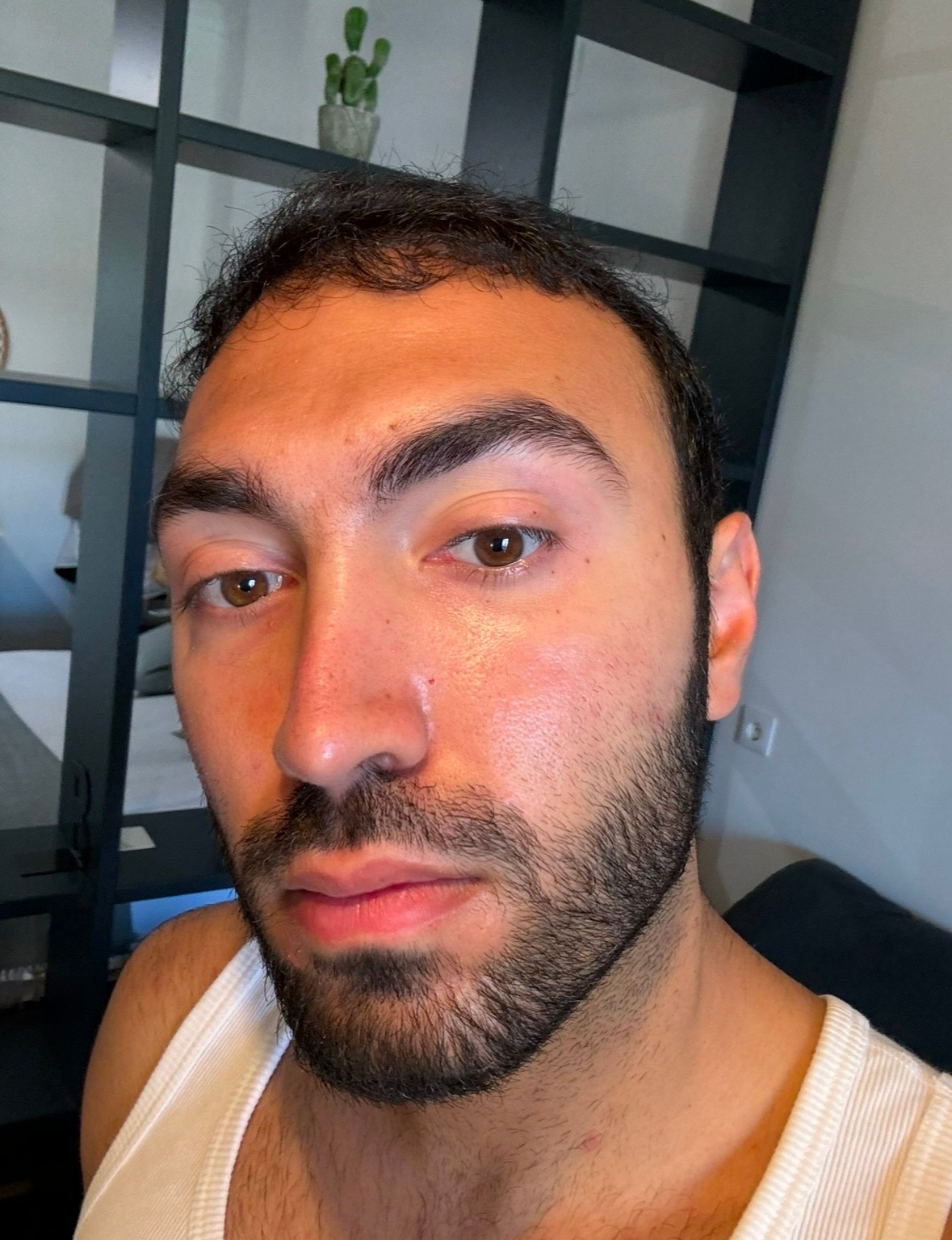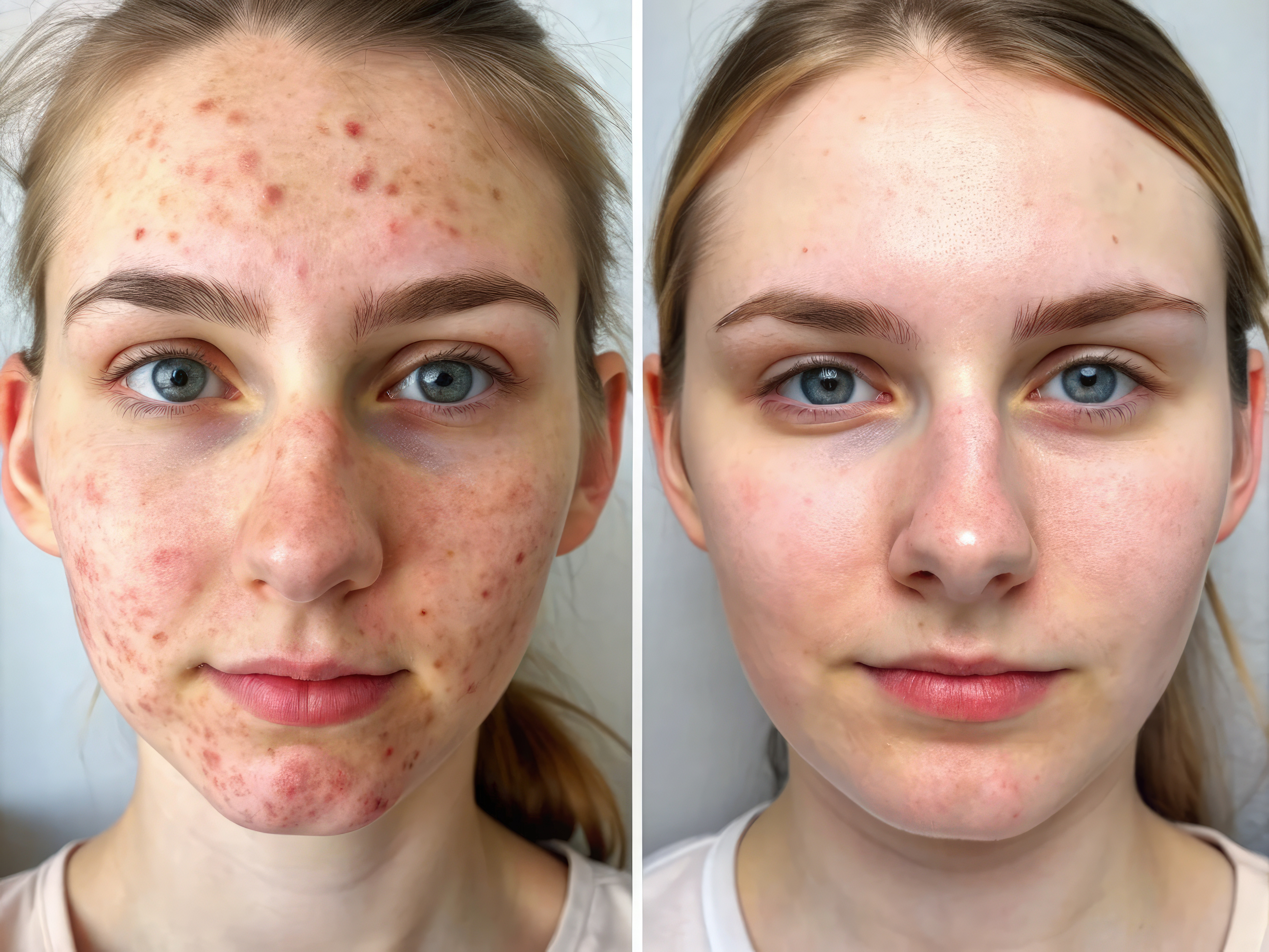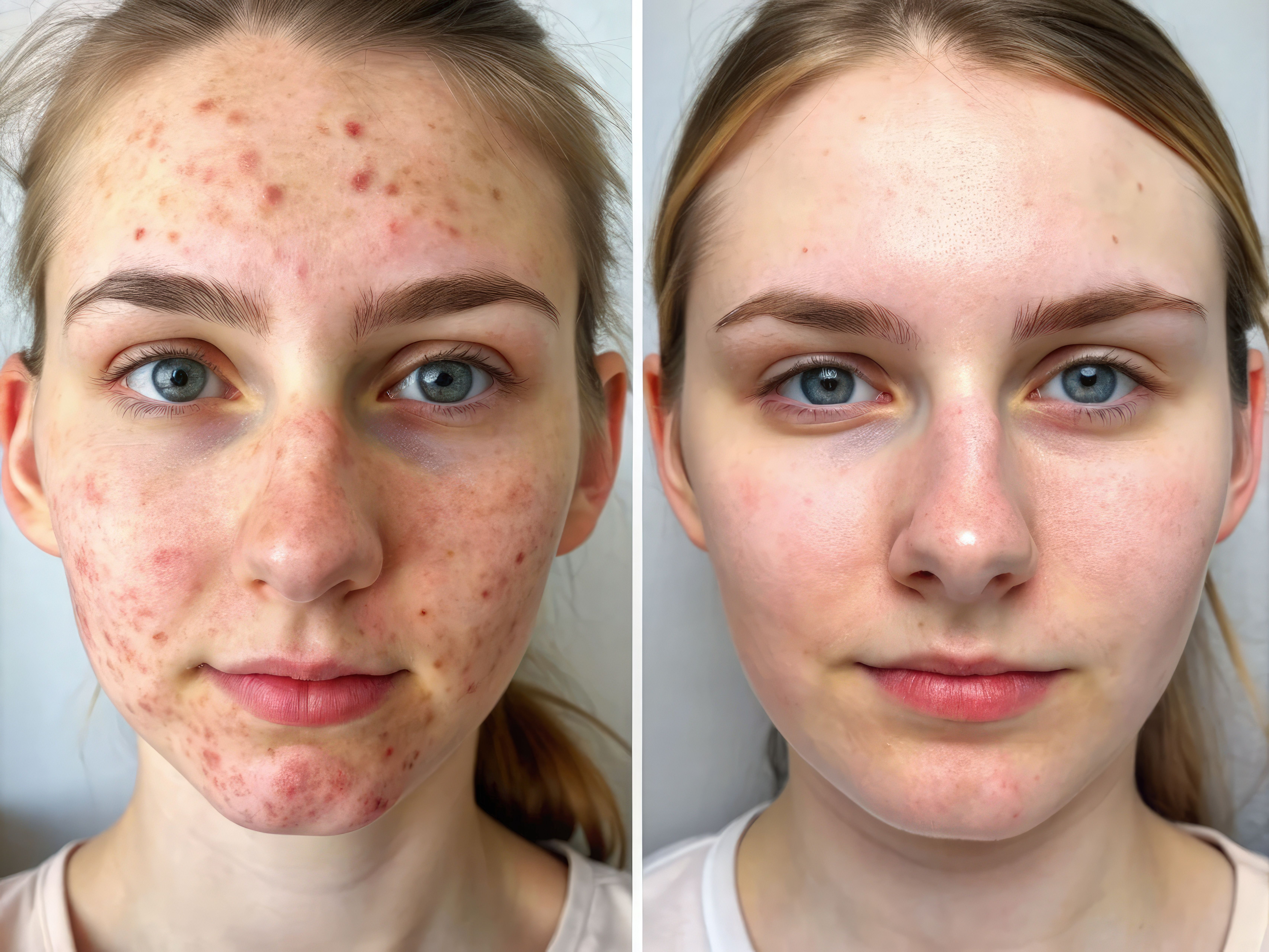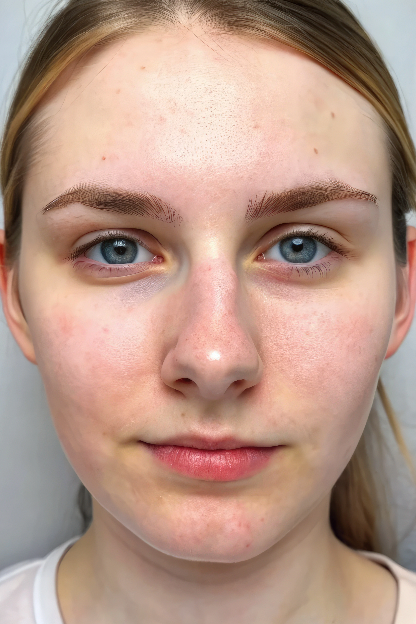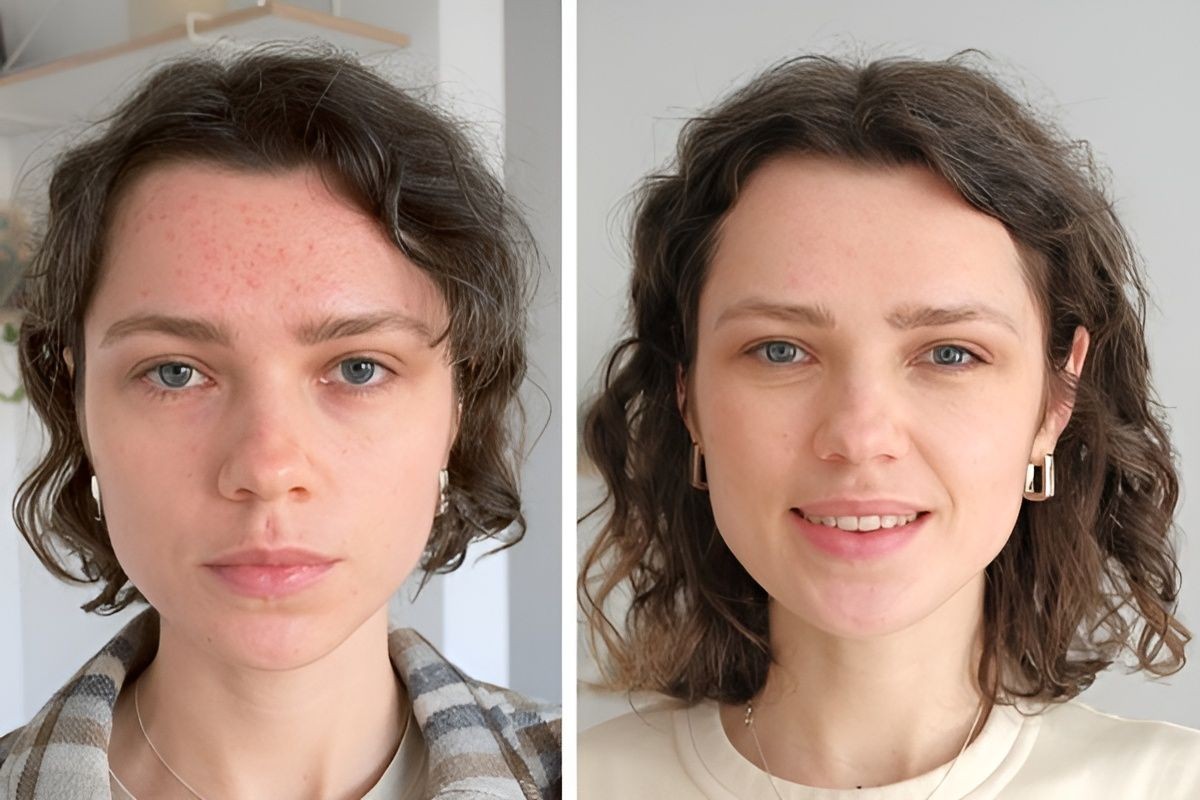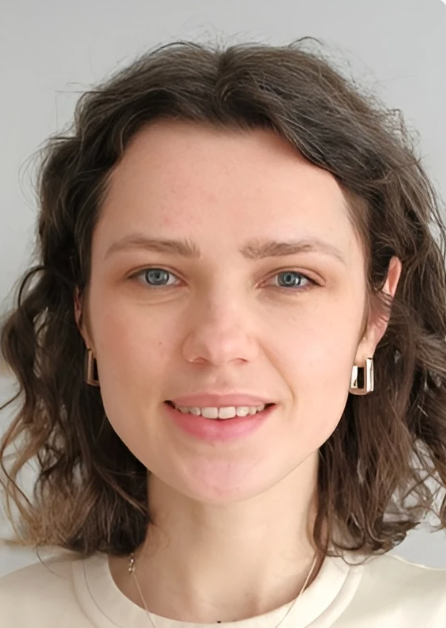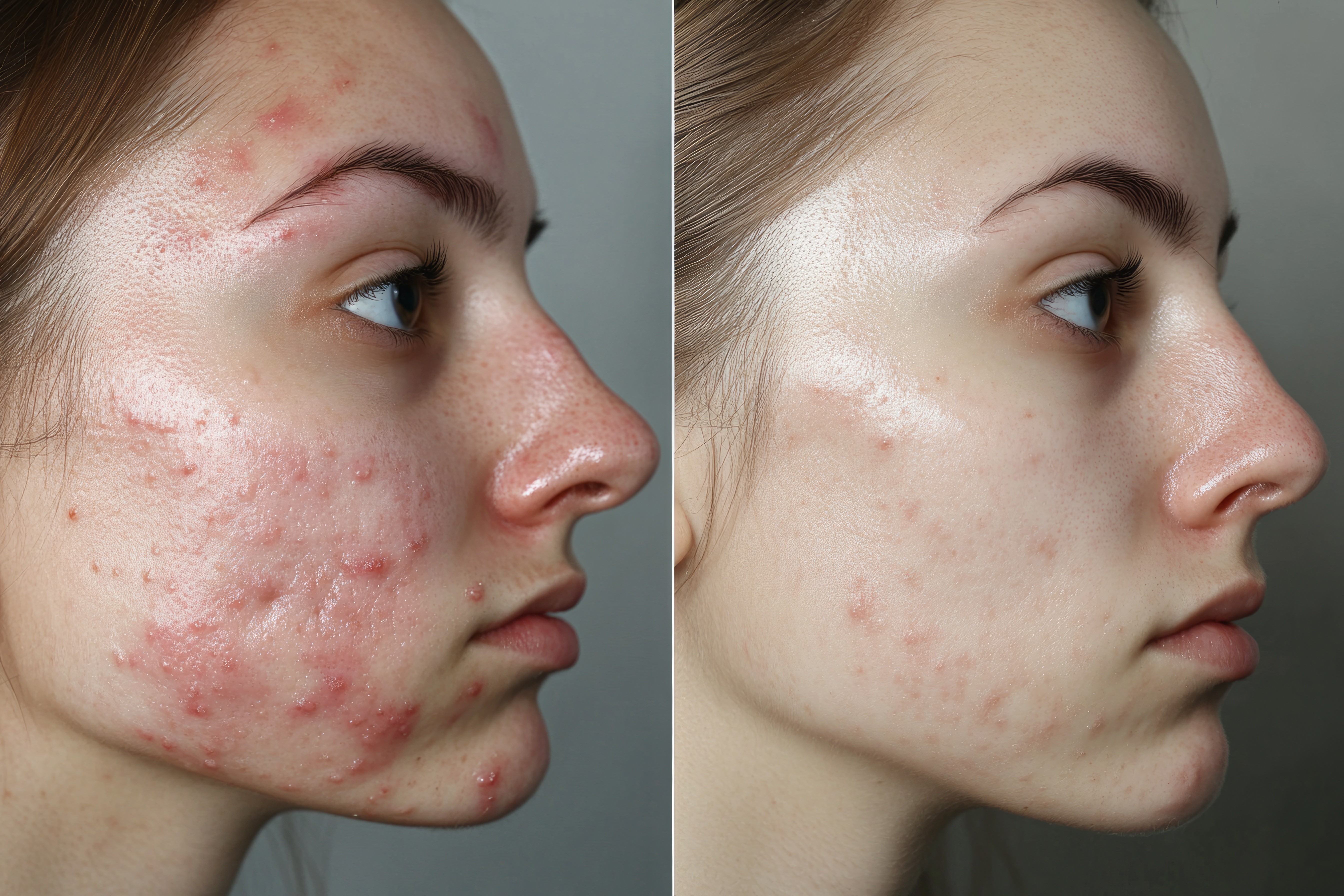What to do about it
Stick to an Effective Skincare Routine
Gentle Cleansing: Use a mild cleanser twice daily to remove dirt and excess oil without stripping your skin.
Exfoliation: Incorporate a chemical exfoliant into your routine. Look for products with an alpha hydroxy acid like mandelic acid, or a beta hydroxy acid like salicylic acid, which helps to clear out pores and prevent acne.
Moisturizing: Even if your skin is oily, don’t skip moisturizer. Choose a non-comedogenic option to keep your skin hydrated without clogging pores.
Sunscreen: Protecting your skin from UV rays is crucial, especially when using exfoliants. Opt for a lightweight, oil-free sunscreen daily. A zinc-based sunscreen may even help reduce inflammation.
Shaving Tips
DO change your clipper or T-edger blades every 6 months and don’t share yours with anyone.
DO use a single edge, disposable razor with a gentle cleanser as directed, or a sanitized non-rotary electric shaver, T-edger or clippers.
DON’T use disposable blades more than once or twice. Soak in alcohol for 2 – 3 minutes before use.
DON’T shave upward, against the grain, or shave back and forth over the same place repeatedly in an attempt to get acloser shave.
DON’T forget to spray disinfectant on razors, clipper and/or T-edger blades, guards and attachments before and after shaving.
Seek Professional Help
Dermatologist: If over-the-counter treatments aren’t effective, consider consulting a dermatologist. They can provide personalized recommendations and prescribe treatments such as topical retinoids or oral medications if necessary.
Hormonal Evaluation: In some cases, a healthcare provider may recommend testing hormone levels to identify any underlying imbalances contributing to acne.





